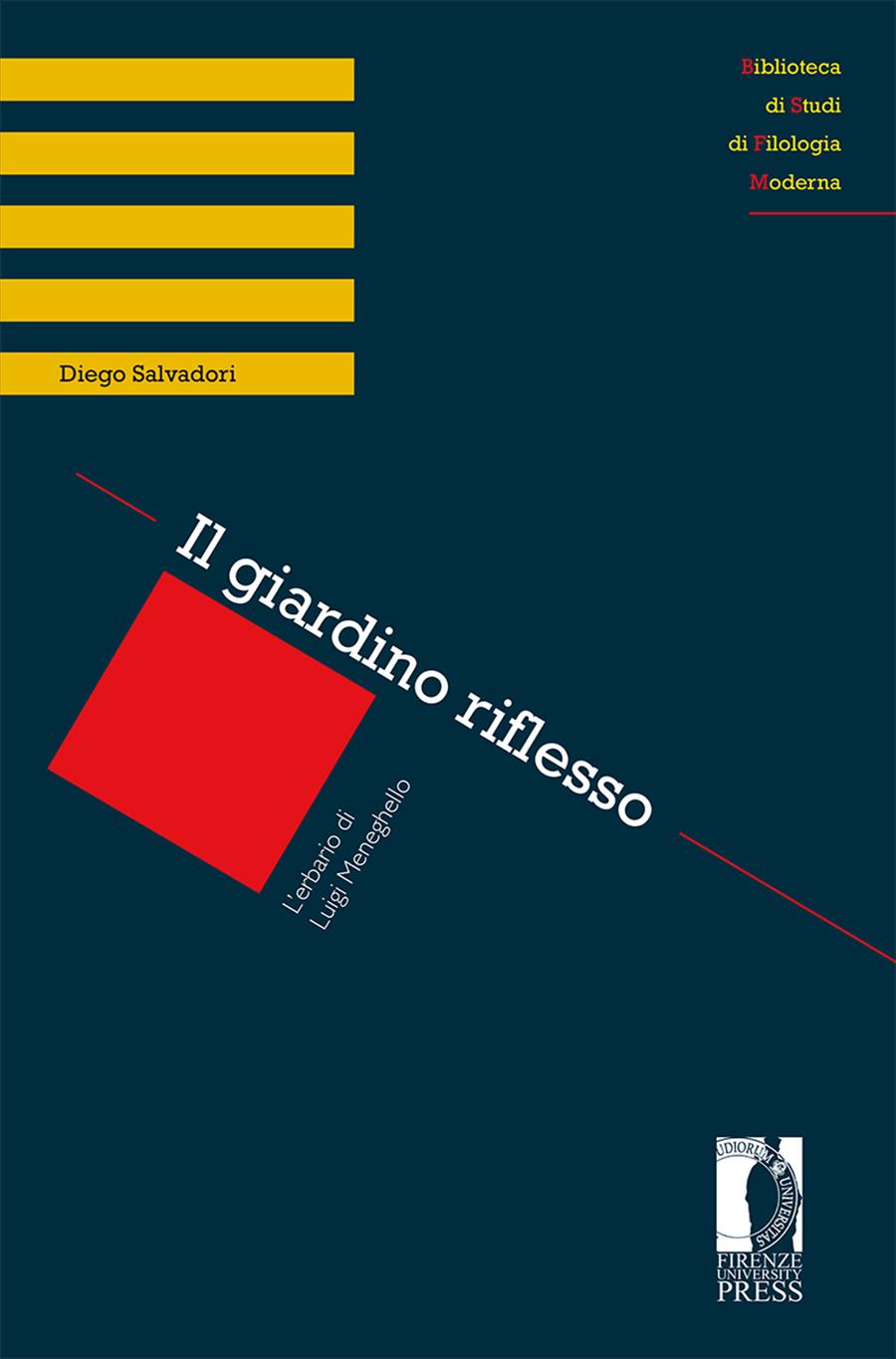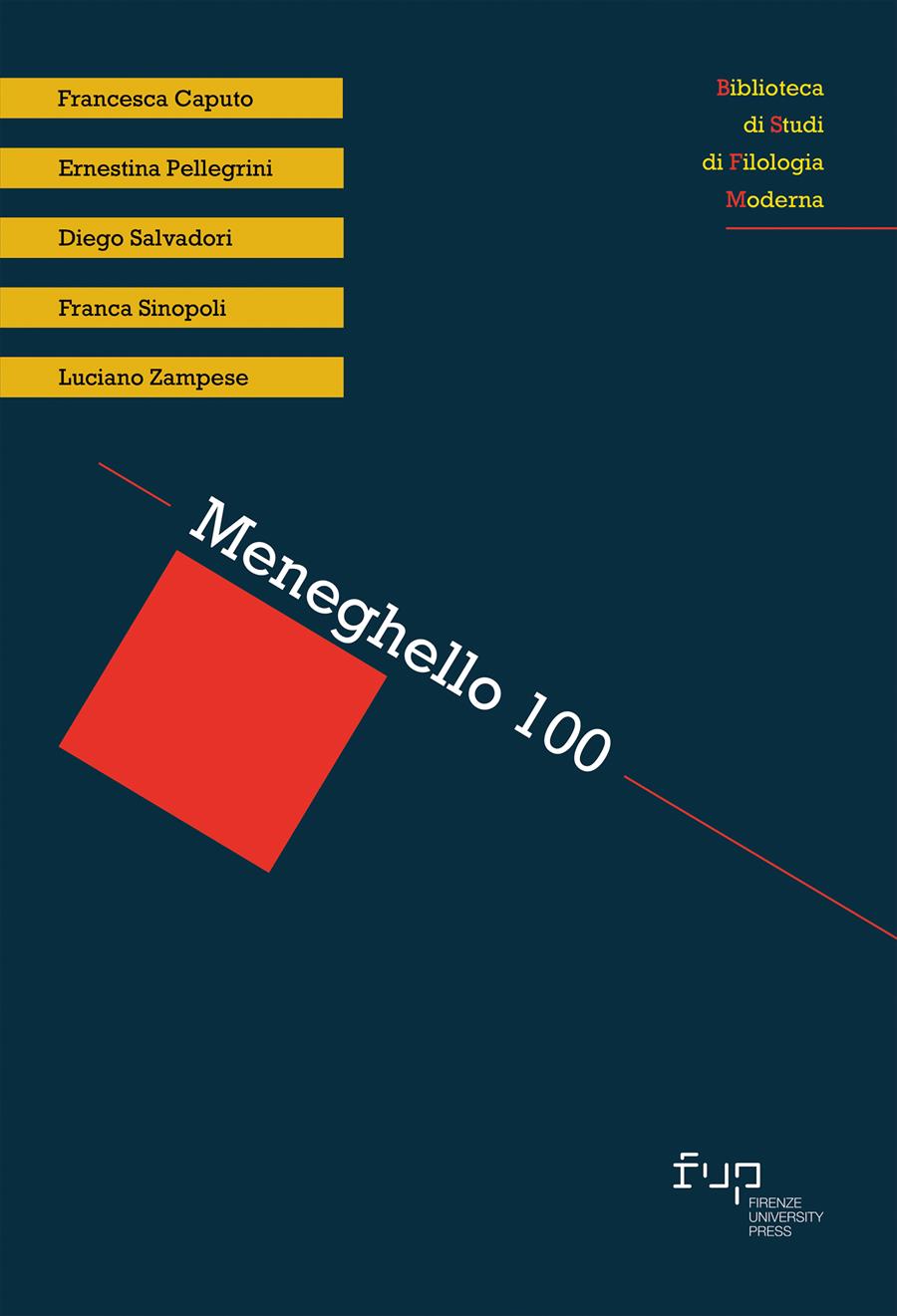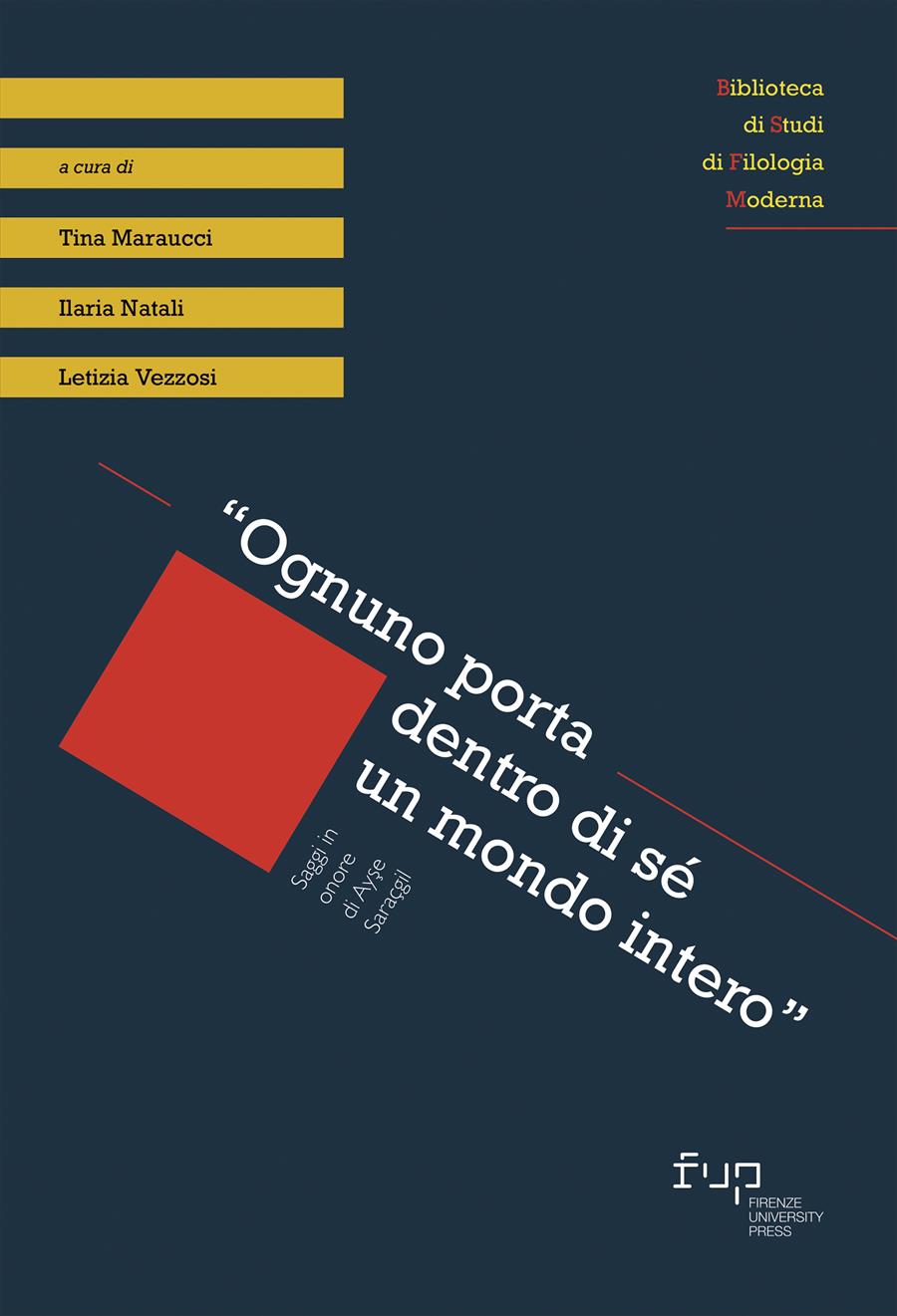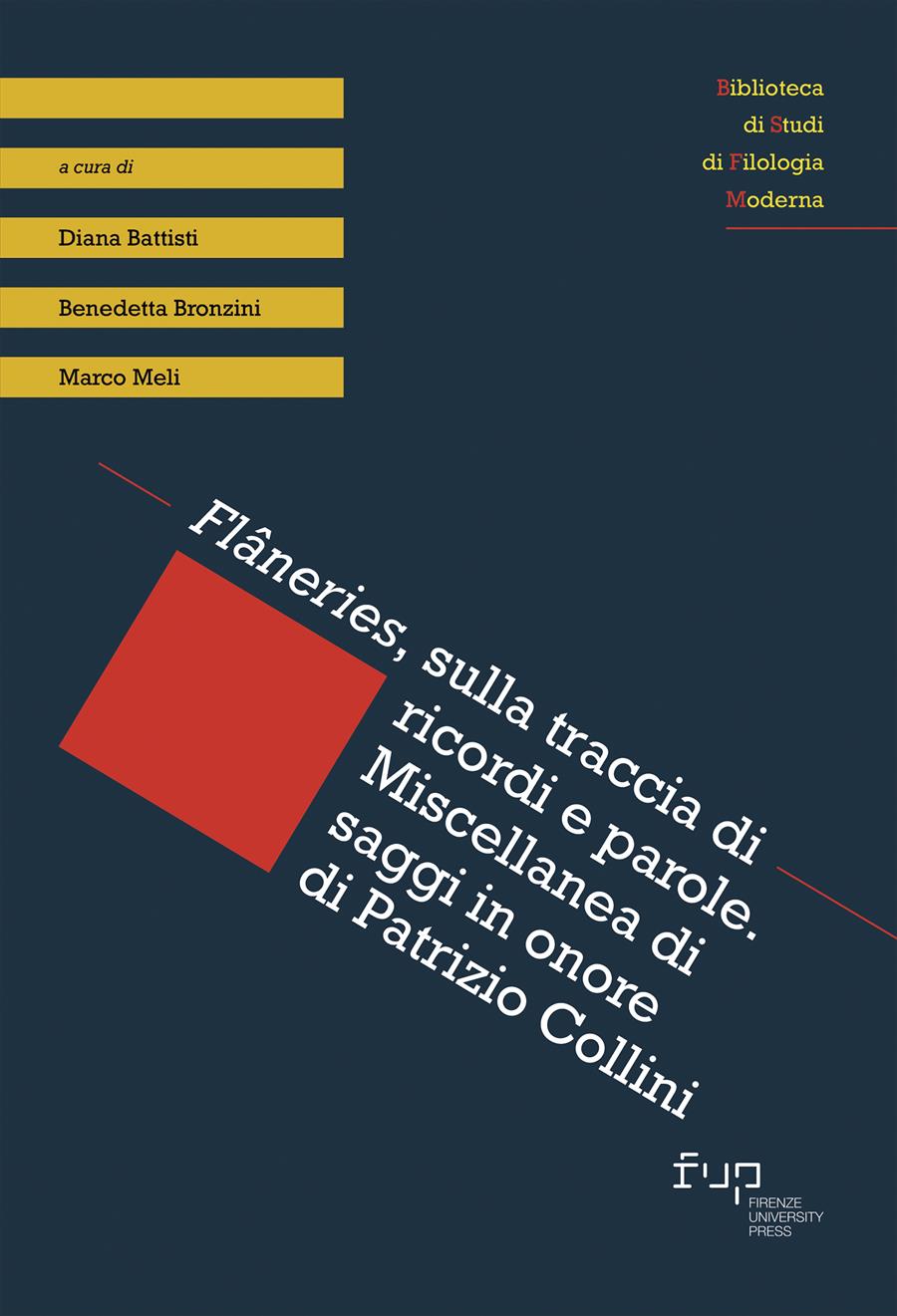Il giardino riflesso
L’erbario di Luigi Meneghello
- Diego Salvadori,
In Luigi Meneghello's work, the representation of the plant world refers to a subtext of images and symbols: a network of botanical isotopies which transforms into a system while allowing for an alternative and unprecedented reading. From the pages of Libera nos a malo (1963), up to the 'posthumous letters' of L’appendistato (2012), what the author calls «inframondo verdastro» becomes the starting point for the restoration of a literary biosphere, one which is constantly crossed by a double movement: intertextual memory and continuous interaction between Italian, English and the dialect from Vicenza (Italy). Meneghello’s 'reflected garden' thus reveals itself in all its semantic value, and sheds light on a theme of surprisingly great complexity, and also a subject of particular interest for literary ecocriticism.
- DOI: 10.36253/978-88-6655-746-3
- Series: Biblioteca di Studi di Filologia Moderna
- Scientific Board
- Language: Italian
- Subjects: Linguistic
- Download PDF
-

- © 2015 Author(s)
- CC BY-NC-ND 3.0 IT
University of Florence, Italy - ORCID: 0000-0002-7845-4489
- Publication Year: 2015
- Pages: 220
- eISBN: 978-88-6655-746-3
- Content License: CC BY-NC-ND 3.0 IT
- © 2015 Author(s)
- Publication Year: 2015
- eISBN: 978-88-9273-366-4
- Content License: CC BY-NC-ND 3.0 IT
- © 2015 Author(s)
Bibliographic Information
Book Title
Il giardino riflesso
Book Subtitle
L’erbario di Luigi Meneghello
Authors
Diego Salvadori
Peer Reviewed
Publication Year
2015
Copyright Information
© 2015 Author(s)
Content License
Metadata License
Publisher Name
Firenze University Press
DOI
10.36253/978-88-6655-746-3
eISBN (pdf)
978-88-6655-746-3
eISBN (xml)
978-88-9273-366-4
Series Title
Biblioteca di Studi di Filologia Moderna
Series E-ISSN
2420-8361






